5G gap widens between fastest and slowest US states
Speeds increased as much as 62% over last year's figures, but little has been done to improve the 5G divide
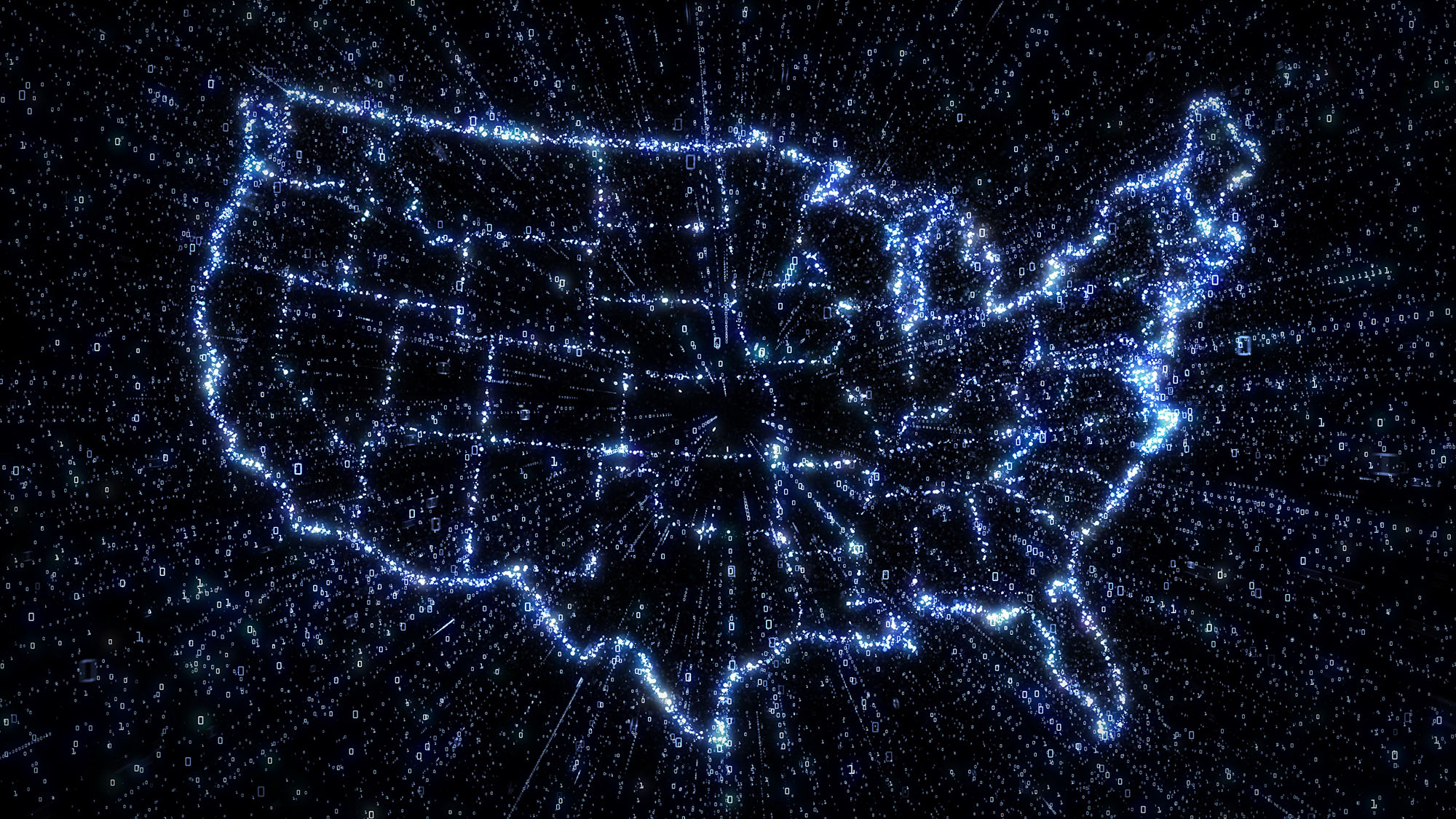

5G performance and coverage has increased in US states as carriers continue to invest in communications infrastructure, according to an industry analysis.
The report, from independent carrier evaluation company Opensignal, follows up on a similar analysis last summer. The latest research evaluated 5G performance from November through January and found a significant bump in speed.
Average 5G download speeds rose by an average of 36% across 44 states, representing a 27 Mbits/sec increase, the report found.
Some states saw a bigger bump, with Illinois' maximum speed of 141.4 Mbits/sec representing a 62.2% over summer figures. Others were less impressive, Vermont languishing in last place at 48.7 Mbits/sec – up from 42.2 Mbits/sec.
In general, the states with the largest increases in download speeds were already high performers, suggesting that carriers continue to prioritize these regions for investment in 5G performance.
However, Alaska, Montana, Nebraska, North Dakota, South Dakota, and Vermont failed to move the needle, and all still sit in the lower third of the states for download speeds.
Despite the increase in speeds generally, the gap between the fastest and slowest speeds has never been wider. Following the recording of a 71.8 Mbits/sec disparity gap last summer, this has now grown 29% to 92.7 Mbits/sec.
Get the ITPro daily newsletter
Sign up today and you will receive a free copy of our Future Focus 2025 report - the leading guidance on AI, cybersecurity and other IT challenges as per 700+ senior executives
The report also revealed increases to 5G coverage across 47 states, including big gainas in New Jersey, Hawaii, Illinois, Texas, and California. Reach increased 17.1% per state on average.
RELATED RESOURCE

Building data-driven government with the Microsoft Power Platform
How to break down data silos and reap valuable data insights
Increased reach doesn't necessarily mean better availability. Carriers other than T-Mobile still rely on non-stand-alone 5G implementations, which use 4G spectrum to support their 5G offerings. This reduces the time that a 5G-capable smartphone will remain connected to a 5G band while indoors, asserts Opensignal.
There is a marked difference in availability across different cities. At the low end of the spectrum, customers in Jackson, Michigan spent only 10.4% of their time connected to 5G, while users in McAllen-Edinburg-Mission, Texas, enjoyed 5G links for 37.2% of the time.
AT&T and Verizon are deploying C-band spectrum that will further improve 5G performance and availability, but they have suffered a rocky ride. Concerns over the safety implications of C-band 5G for aircraft landings forced an agreement to delay the rollout around key airports.
Danny Bradbury has been a print journalist specialising in technology since 1989 and a freelance writer since 1994. He has written for national publications on both sides of the Atlantic and has won awards for his investigative cybersecurity journalism work and his arts and culture writing.
Danny writes about many different technology issues for audiences ranging from consumers through to software developers and CIOs. He also ghostwrites articles for many C-suite business executives in the technology sector and has worked as a presenter for multiple webinars and podcasts.
-
 Google faces 'first of its kind' class action for search ads overcharging in UK
Google faces 'first of its kind' class action for search ads overcharging in UKNews Google faces a "first of its kind" £5 billion lawsuit in the UK over accusations it has a monopoly in digital advertising that allows it to overcharge customers.
By Nicole Kobie
-
 Neural interfaces promise to make all tech accessible – it’s not that simple
Neural interfaces promise to make all tech accessible – it’s not that simpleColumn Better consideration of ethics and practical implementation are needed if disabled people are to benefit from neural interfaces
By John Loeppky
-
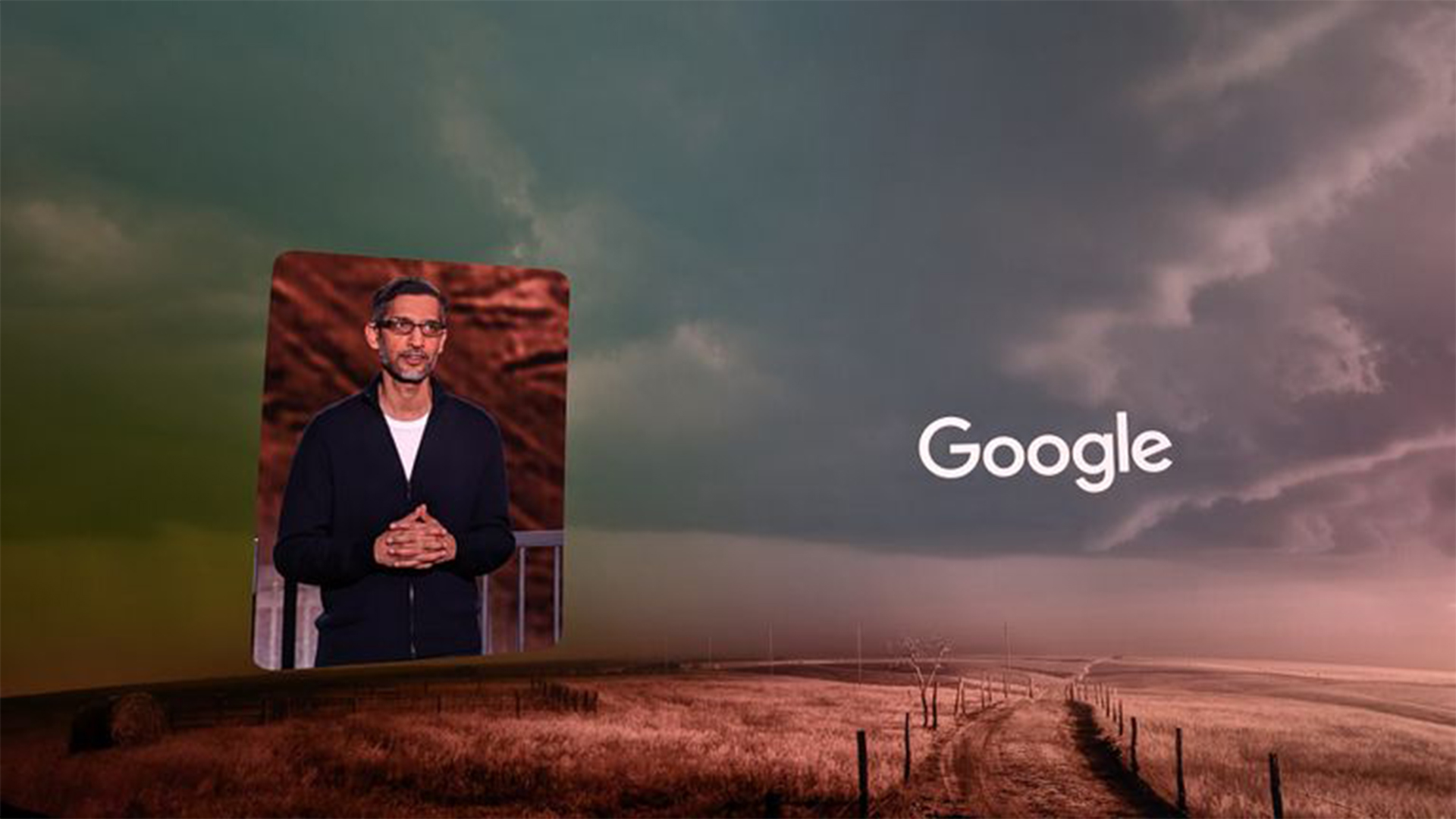 Google shakes off tariff concerns to push on with $75 billion AI spending plans – but analysts warn rising infrastructure costs will send cloud prices sky high
Google shakes off tariff concerns to push on with $75 billion AI spending plans – but analysts warn rising infrastructure costs will send cloud prices sky highNews Google CEO Sundar Pichai has confirmed the company will still spend $75 billion on building out data centers despite economic concerns in the wake of US tariffs.
By Nicole Kobie
-
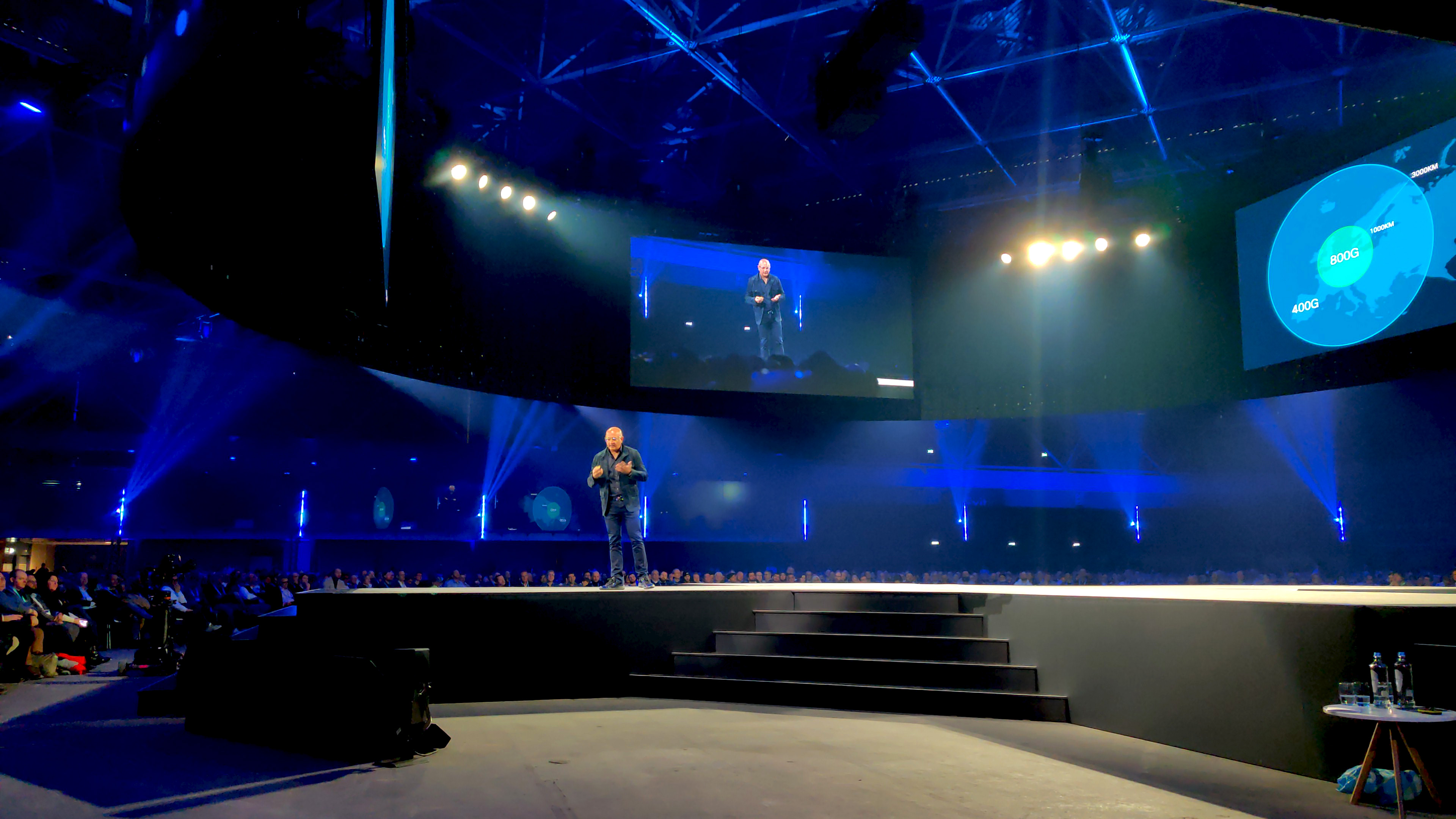 Cisco wants to capitalize on the ‘DeepSeek effect’
Cisco wants to capitalize on the ‘DeepSeek effect’News DeepSeek has had a seismic impact, and Cisco thinks it has strengths to help businesses transition to AI-native infrastructure
By Solomon Klappholz
-
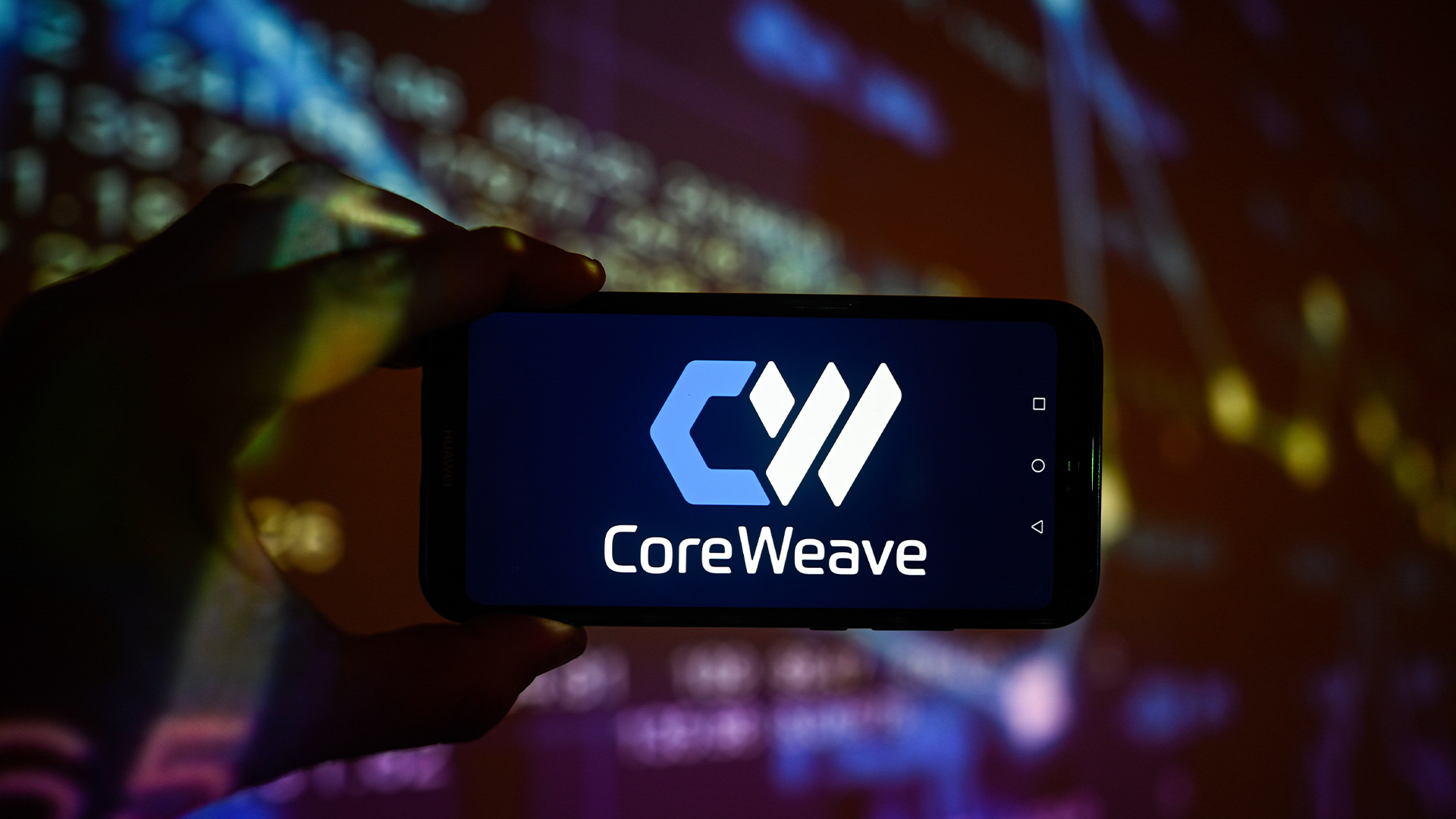 CoreWeave’s first two UK data centers are now operational
CoreWeave’s first two UK data centers are now operationalNews The company's European plans for this year also include new facilities in Norway, Sweden, and Spain
By Emma Woollacott
-
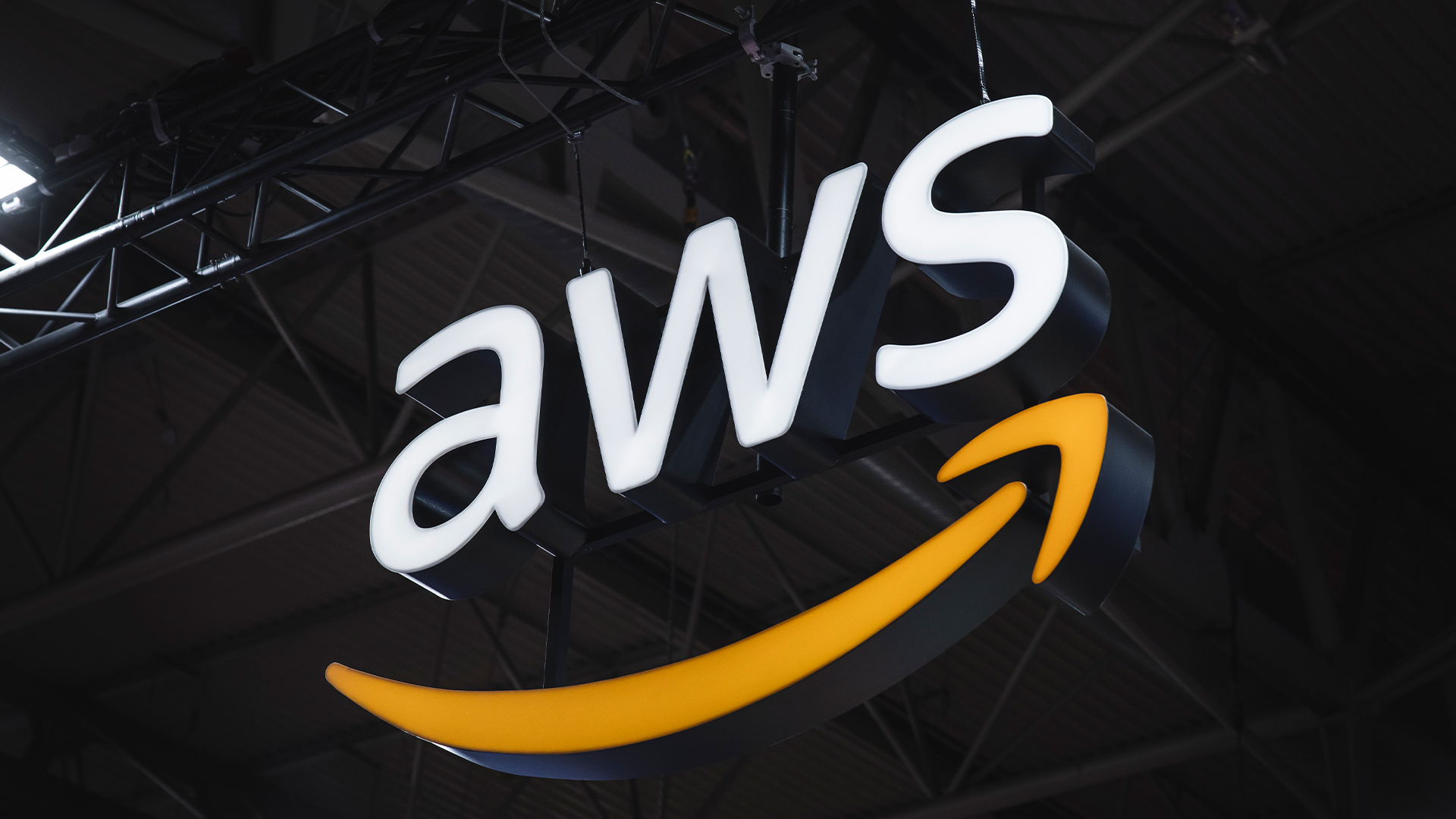 AWS eyes ‘flexible’ data center expansion with $11bn Georgia investment
AWS eyes ‘flexible’ data center expansion with $11bn Georgia investmentNews The hyperscaler says the infrastructure will power cloud computing and AI growth
By Nicole Kobie
-
 Future-proofing operations
Future-proofing operationsWhitepaper The Foundational Role of IT Infrastructure and Connectivity Solutions in Achieving Business KPIs
By ITPro
-
 Quantitative analysis of a prefabricated vs. traditional data center
Quantitative analysis of a prefabricated vs. traditional data centerWhitepaper Apples to apples cost analysis between data centre types
By ITPro
-
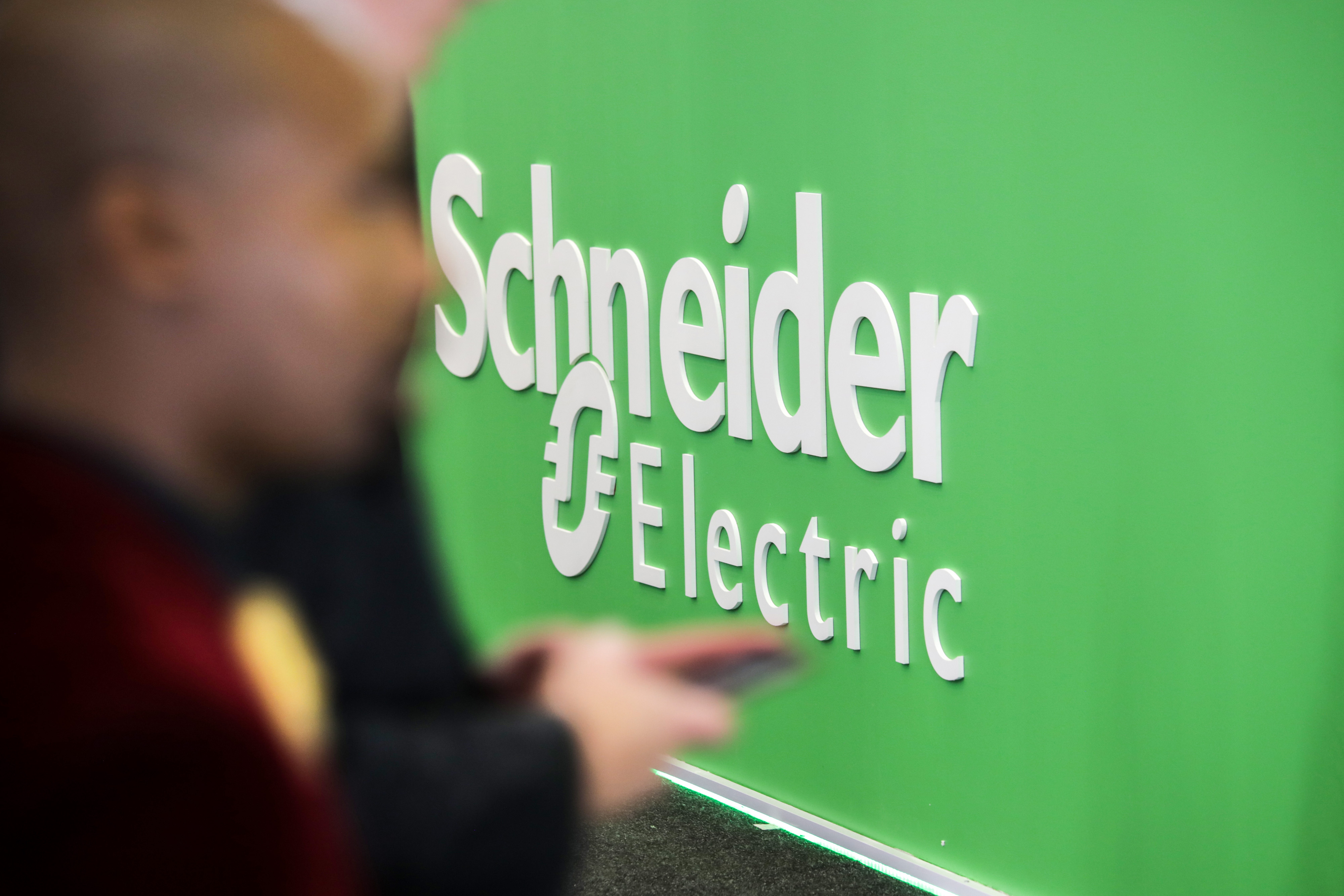 Battery technology for single phase UPS systems: VRLA vs. Li-ion
Battery technology for single phase UPS systems: VRLA vs. Li-ionWhitepaper An overview of li-ion batteries in comparison to VRLA batteries for singlephase UPS applications
By ITPro
-
 Architecting enterprise networks for the next decade
Architecting enterprise networks for the next decadeWhitepaper A new paradigm in network architecture
By ITPro